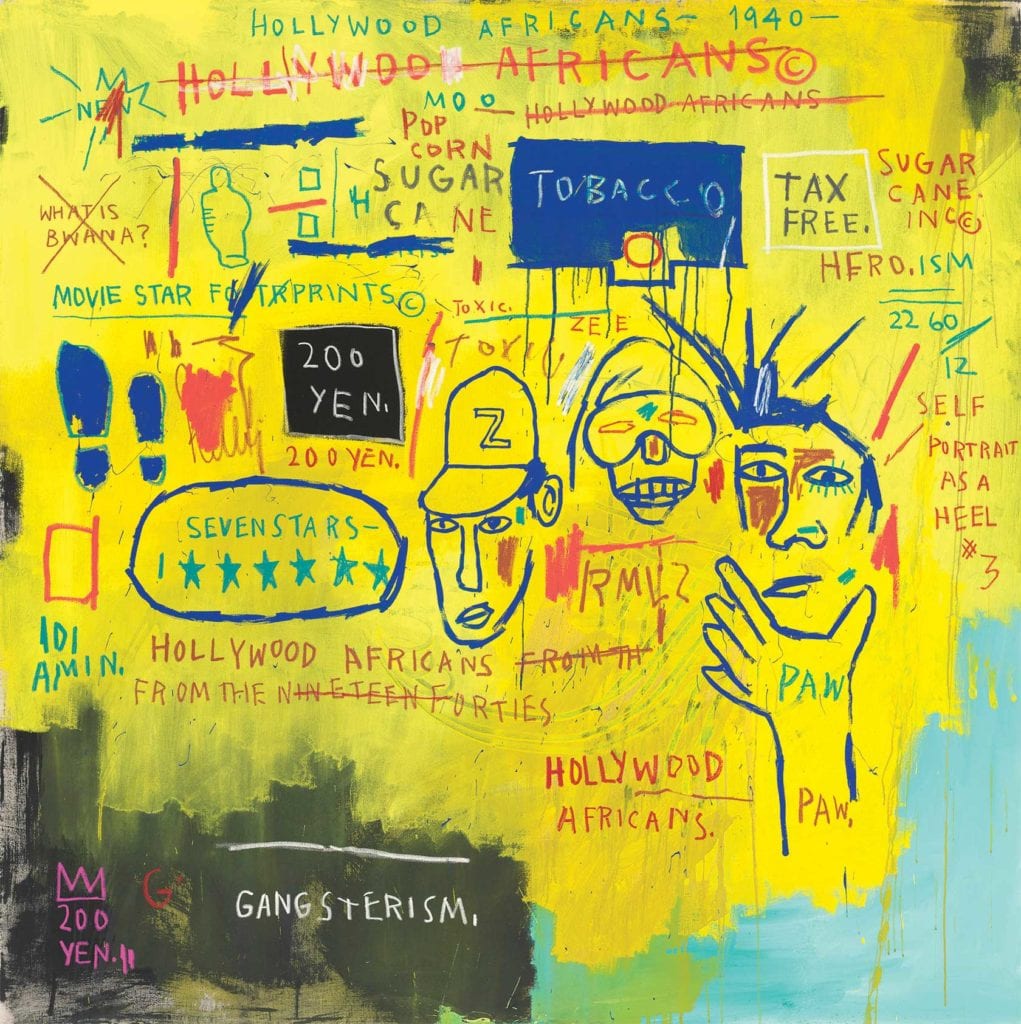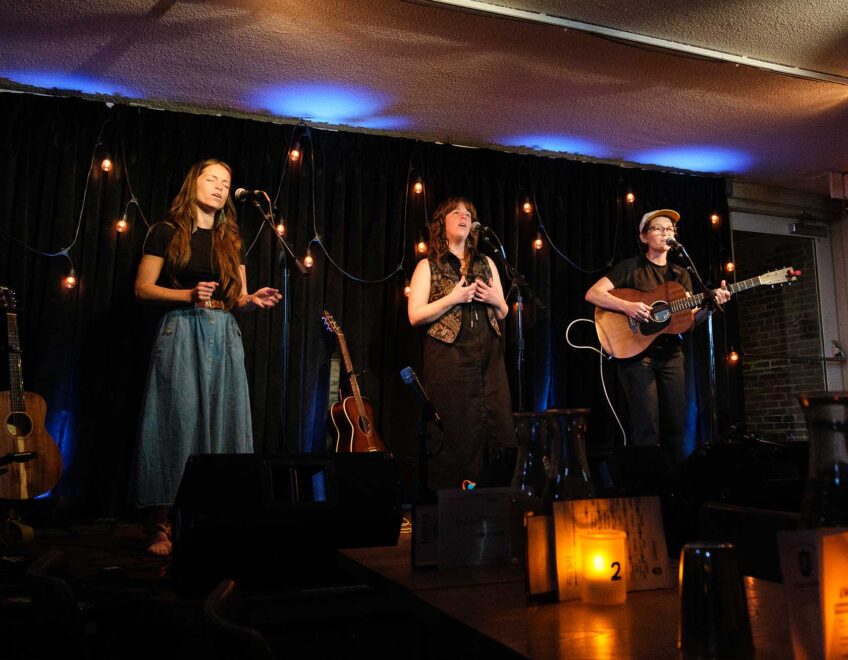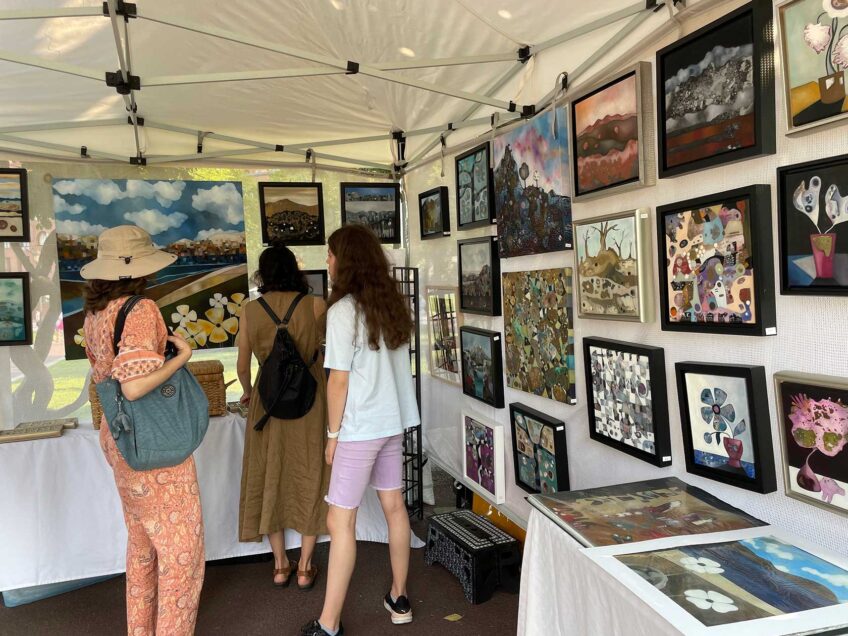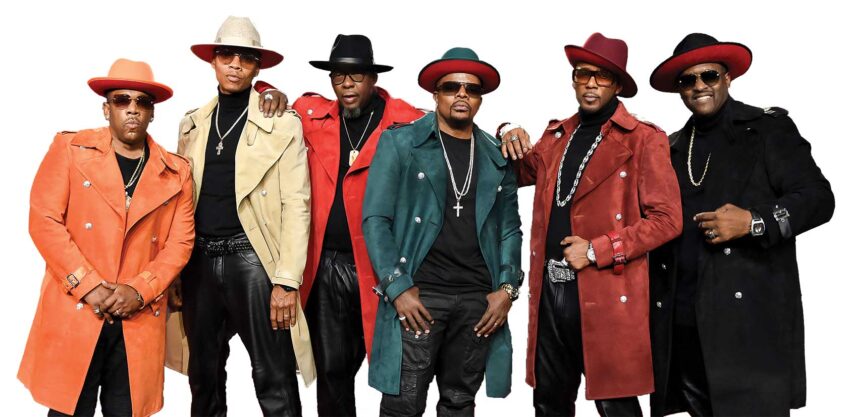
On Friday, April 3, the Museum of Fine Arts launched its exhibition “Writing the Future: Basquiat and the Hip-Hop Generation” on Instagram. The show was intended to debut at the museum this month, but as COVID-19 caused the arts institution to close doors, the MFA followed Basquiat’s lead and took the show to the streets. Or, the 2020 version of the streets: the internet.
The show explores the work of pioneering street artist Jean-Michel Basquiat in the 1980s, his connection to hip-hop culture and the collaborations he had with other artists at the time. It’s divided into seven sections: Post-Graffiti, Community Portraiture, Writers, Music, Futurisms, Bodies, Ascension. Contemporary voices in both hip-hop and street art, local and otherwise, weigh in on Basquiat’s continued impact on the scene.

Ransom Note: CEE, 1984. Toxic (American, born in 1965). Brooklyn Museum, Gift of Carroll Janis and Conrad Janis, 1999.57.20. Photograph: Brooklyn Museum. © 2020 Artists Rights Society (ARS), New York/ADAGP, Paris. Courtesy, Museum of Fine Arts, Boston
The now-virtual exhibition debuted with a party, the first “Insta Late Nite” online gathering hosted by local artist Oompa on Instagram’s livestream feature. Exhibition co-curators Liz Munsell and Greg Tate joined in to celebrate the opening of this social-media-hosted presentation.
The exhibition has been displayed primarily in Instagram stories, and then saved in Highlights in the MFA’s profile for future reference. In one of the initial show previews, Munsell and Tate provided context for the exhibition and then curatorial interpretations alongside images of work that are exhibited.
The intertwining of the hip-hop and street art worlds is evident in Basquiat’s work. For example, he created the album cover for “Beat Bop: Rammellzee Vs. K–Rob” and produced many portraits of black and Latinx friends and family, some of who were musicians and artists themselves.
“Basquiat ensured these artists’ presence through portraiture, valorizing black and brown creatives from his community,” Munsell says in a story slide depicting Basquiat’s “Hollywood Africans” piece. “By depicting himself too, he documented his present moment and projected his own image into the future alongside them.”

Untitled, 1982. Futura. Private Collection © Futura 2000 / Wave 5 Communications LLC. Courtesy, Museum of Fine Arts, Boston.
The MFA had several friends of Basquiat weigh in on his work and collaborations among street artists, including Kool Koor and Lee Quiñones, and brought in the local hip-hop community to tie contemporary culture into Basquiat’s ethos and artwork.
Via Instagram, art-lovers can view a virtual tour of the show, listen to a Spotify playlist Tate curated for the exhibition, watch concurrent movies suggested by the museum’s film curators, see how the physical exhibition space was designed, and participate in Q&As with the show’s developers. Many of these resources are also available on the MFA’s website, www.mfa.org.
The Basquiat exhibition was initially planned to run at the museum through Aug. 2. However, as the museum has announced it will remain closed to the public through June 30, with live public programs canceled through Aug. 31, the dates of the show are subject to change and perhaps will be extended for the benefit of in-person viewers.
In the meantime, free of entrance fees and transportation barriers, the online exhibition does just what Basquiat did: It brings art to the people.







